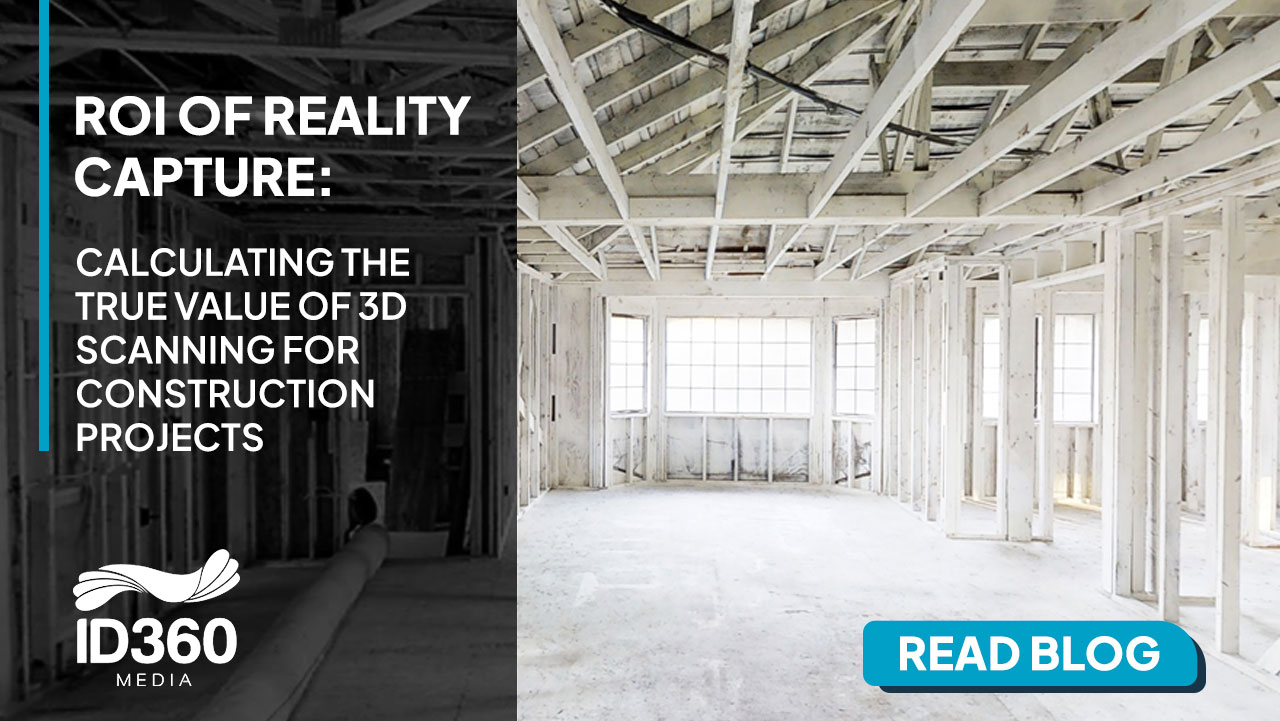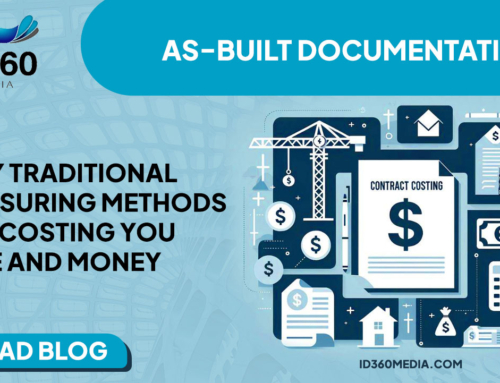ROI of Reality Capture: Calculating the True Value of 3D Scanning for Construction Projects
Introduction
The construction industry is undergoing a technological revolution, and at the forefront is 3D scanning and reality capture. These technologies provide accurate, high-definition digital representations of job sites, enabling more efficient project management, cost reduction, and improved collaboration. But what is the true return on investment (ROI) of reality capture? In this article, we explore how 3D scanning transforms construction workflows and helps stakeholders calculate its true financial and operational value.
Understanding Reality Capture and 3D Scanning
Reality capture refers to the process of digitally documenting the physical world through technologies like LiDAR (Light Detection and Ranging), photogrammetry, and laser scanning. These methods generate highly detailed 3D models of construction sites, which can be integrated into Building Information Modeling (BIM) software for enhanced decision-making.
Key Features of Reality Capture Technology
- Precision & Accuracy – 3D scanning delivers sub-millimeter accuracy, reducing errors and ensuring exact measurements.
- Speed & Efficiency – Data collection is significantly faster compared to traditional surveying methods.
- Non-Intrusive Data Collection – Scans can be conducted without disrupting on-site work.
- Enhanced Visualization – Stakeholders can view detailed models remotely, facilitating improved project coordination.
The Financial Impact of 3D Scanning in Construction
1. Cost Savings from Reduced Rework
One of the biggest cost factors in construction is rework due to errors in design, measurements, or execution. According to industry studies, rework accounts for 5-15% of total project costs. Reality capture minimizes such errors, ensuring that as-built conditions align with design plans.
- Example: A contractor using 3D scanning identified a misalignment in structural components early, saving $200,000 in potential rework costs.
2. Improved Project Timelines
Time is money in construction. Delays due to inaccurate site conditions, miscommunications, or unexpected clashes can escalate costs significantly. 3D scanning accelerates project timelines by:
- Reducing the time needed for site inspections by 50-70%.
- Enabling faster design verification.
- Improving coordination between teams through real-time, cloud-based 3D models.
3. Better Resource Allocation and Risk Mitigation
Reality capture provides comprehensive site data, allowing for proactive risk assessment and efficient resource distribution. This results in:
- Fewer costly delays due to unforeseen conditions.
- Optimized material procurement, reducing waste.
- Enhanced worker safety by identifying hazardous zones before construction begins.
How to Calculate ROI of 3D Scanning
Formula for ROI Calculation
To determine the ROI of reality capture technology, use the following formula:
Example Calculation
- Investment Cost: $50,000 (3D scanner + software + training)
- Total Savings: $200,000 (reduced rework + improved efficiency + lower material waste)
- ROI:
A 300% ROI showcases the significant financial benefits of 3D scanning.
Industries Benefiting from Reality Capture in Construction
1. Commercial & Residential Construction
- Enhanced BIM integration ensures more precise planning and execution.
- Reduces disputes over as-built conditions.
2. Infrastructure & Civil Engineering
- Enables large-scale site monitoring for roads, bridges, and tunnels.
- Improves long-term asset management.
3. Renovation & Restoration
- Preserves historical accuracy by digitally capturing intricate details.
- Reduces the risk of errors when working with existing structures.
Future of 3D Scanning in Construction
With the rise of artificial intelligence (AI) and automation, reality capture is becoming more powerful than ever. Future developments include:
- AI-driven data analysis to identify issues before they escalate.
- Automated drone scanning for real-time progress tracking.
- Integration with IoT sensors to create smart construction sites.
Final Thoughts: Why Invest in Reality Capture?
The ROI of reality capture in construction is undeniable. By adopting 3D scanning technology, firms can reduce costs, improve efficiency, and mitigate risks, ultimately enhancing their bottom line. As technology continues to advance, early adopters of reality capture will gain a significant competitive advantage in the industry.







Leave A Comment